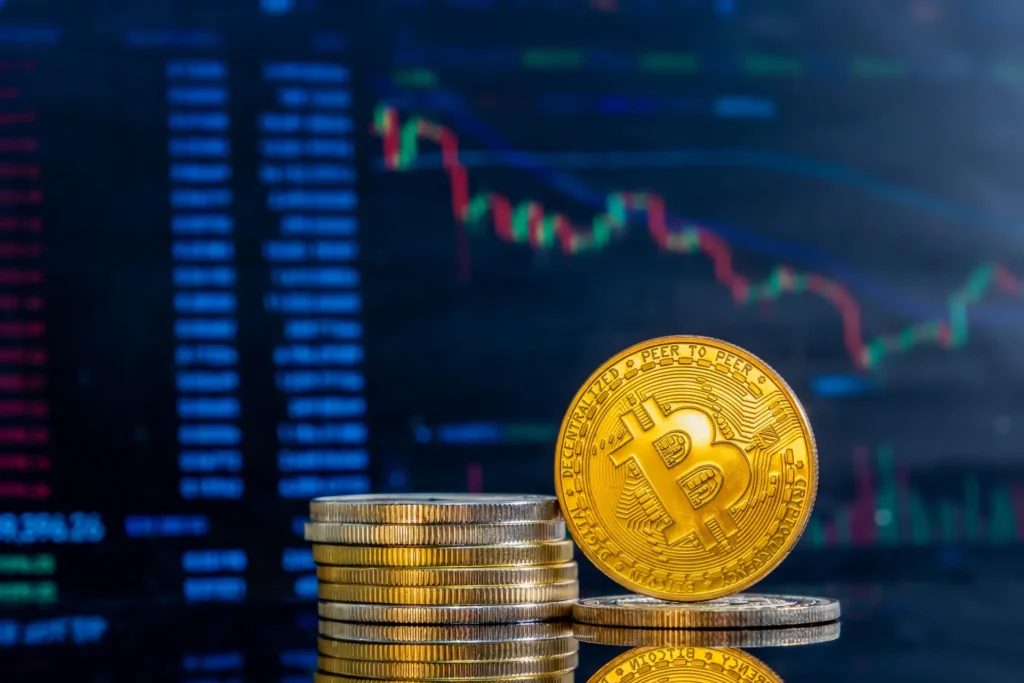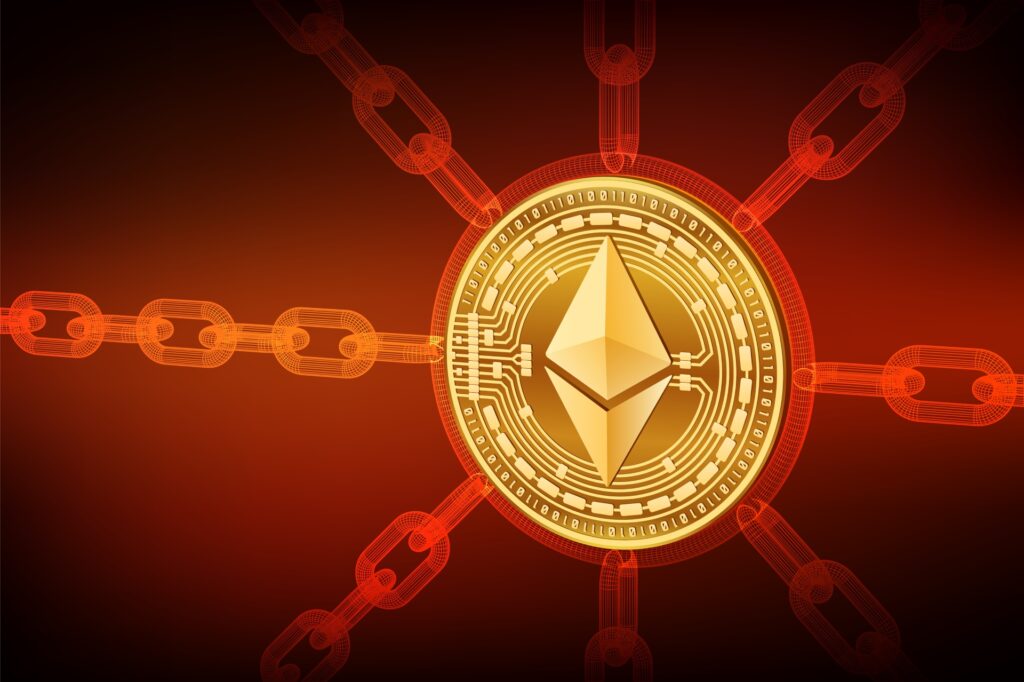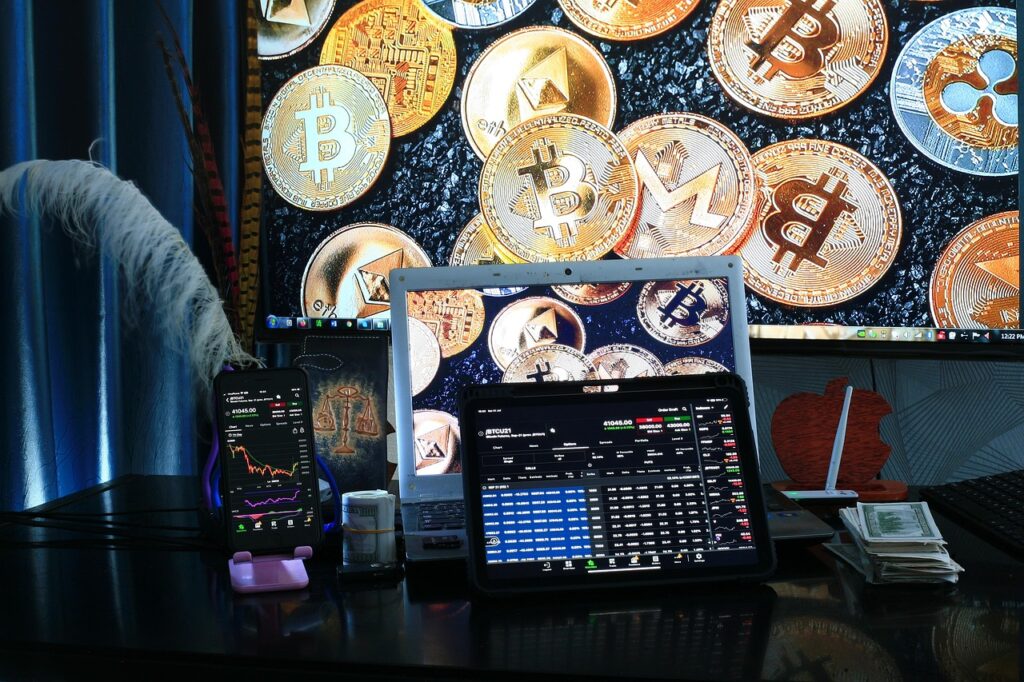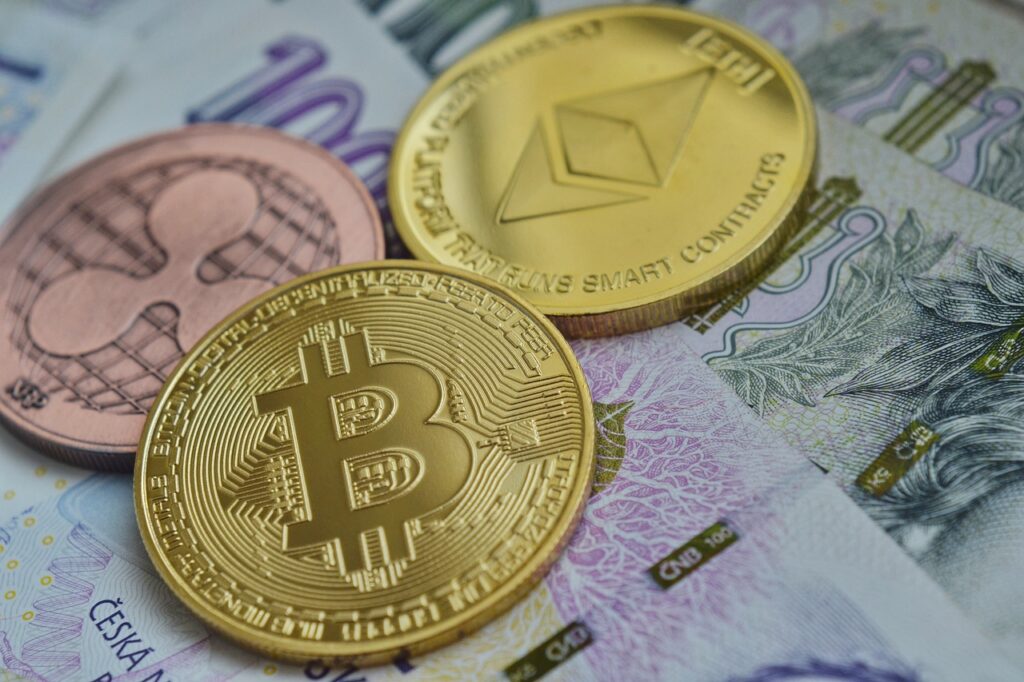Table of Contents
- 1 Introduction: The Rise, Fall, and Rebirth of EOS
- 2 EOS 101: The Blockchain That Promised to Change the Game
- 3 The Grand Vision
- 4 Key Features:
- 5 The Whitepaper’s Bold Claims
- 6 The Rollercoaster Ride: Price Surges, Crashes, and Rebrands
- 7 From $4 Billion ICO to SEC Fines
- 8 Controversy Alert:
- 9 2025: The Vaulta Rebrand & Market Frenzy
- 10 What is the reason for this fluctuation?
- 11 EOS vs. The Titans: Can It Compete?
- 12 Where EOS Wins:
- 13 Where It Lags:
- 14 The Deflationary Gambit: Burning Tokens to Boost Value
- 15 Does this approach work?
- 16 Price Predictions: Will EOS Hit $1, $5, or $10?
- 17 Technical Analysis Snapshot (April 2025)
- 18 1. Chart Patterns & Price Action
- 19 3. Key Price Levels
- 20 4. Risk Management
- 21 Moving Averages Analysis (EMA 26, 50, 200 & SMA 26, 50, 200)
- 22 RSI (Relative Strength Index) Interpretation
- 23 Fibonacci Retracement Levels for EOS/USDT
- 24 Final Summary
- 25 The Bottom Line
Introduction: The Rise, Fall, and Rebirth of EOS
EOS entered the world of blockchain in 2018 and exhibited the charisma of a prodigy in technology, boasting the ability to scale, no fees as well as enterprise-grade decentralized application (dApp) assistance. In 2025, the company changed its name to Vaulta and is moving towards Web3 banking and a 50 percent price rise. However, is this truly a revival or just another rollercoaster?
This in-depth look at the journey of EOS, its triumphs and tribulations, and whether or not it will surpass Ethereum, Binance Smart Chain (BSC), and Tron in the long term. Get ready to dive into everything from courtroom dramas to tokenomics.
EOS 101: The Blockchain That Promised to Change the Game
The Grand Vision
EOS was developed as the most efficient cryptocurrency to support decentralized applications (dApps) which solves the issue of scaling (speed and security, as well as decentralization) that afflicted Bitcoin as well as Ethereum.
Key Features:
- Scalability: The ability to process hundreds of thousands of transactions every second (TPS) which is far more than Bitcoin as well as Ethereum’s foundation layers.
- Zero Fees: Instead of paying for transactions per transaction the users can stake tokens. This is theoretically making EOS the ideal choice for microtransactions.
- Flexibility: The blockchain can be used with many different applications such as DeFi platforms and gaming dApps. This ensures flexibility across different industries.
- DPoS Consensus: Delegated proof-of-stake (DPoS) was selected for efficiency, but is criticized for its the risks of centralization, since only 21 block producers can validate transactions.
The Whitepaper’s Bold Claims
Whitepapers from EOS promise:
- $1 million of TPS (still an aspirational figure, but substantially more than Ethereum as well as Bitcoin).
- Transactions are free (via stakes, which eliminates charges).
- Governance on-chain (where token holders elect block producers and allow the decentralized process of decision-making).
Did it succeed? Although it addressed scalability better than Ethereum when it was launched but issues of centralization, regulations, and corruption scandals have plagued the EOS development.
The Rollercoaster Ride: Price Surges, Crashes, and Rebrands
From $4 Billion ICO to SEC Fines
The 2017 EOS ICO brought in an astonishing $4 billion, which was the largest ICO to date in the year. But, the SEC quickly came in. In the year 2019, the SEC handed Block.one (EOS’s founder) $24 million for executing unregistered securities offerings. This proved to be a huge loss to EOS’s credibility.
Controversy Alert:
There were also class action lawsuits and a $27.5 million settlement denied by the courts because it was “inadequate.”
Then, governance scandals surfaced and included allegations that block producers’ (BP) collusion as well as arbitrary accounts freezing, which shook EOS’ claims of decentralization.
2025: The Vaulta Rebrand & Market Frenzy
In March 2025 EOS changed its name to Vaulta which signaled a shift to Web3 banking as well as the wider DeFi industry. The market’s response was swift:
- The price jumped 50% to $0.67.
- However, this increase came to an end with a decrease to $0.48 in April 2025.
What is the reason for this fluctuation?
- Hype against. Actuality: Speculative buying fuelled the price surge. However, once the profits had been recouped and the market slowed, prices fell.
- Competitors Ethereum’s Layer 2 solutions as well as Solana’s high-throughput solutions continued to lead the blockchain market which cast doubt over EOS’s longevity.
EOS vs. The Titans: Can It Compete?
Let’s look at EOS’s most important features and compare them against its rivals:
| Feature | EOS | Ethereum | Binance Smart Chain | Tron |
| Consensus | DPoS | PoS (Eth 2.0) | PoSA | DPoS |
| TPS | 4,000+ | ~100 (pre-L2) | ~300 | 2,000 |
| Fees | Zero | High gas fees | Low ($0.01) | Near-zero |
| Governance | On-chain | Off-chain EIPs | Binance-controlled | Super Reps |
Where EOS Wins:
There are no transaction costs, which makes it perfect for microtransactions as well as DeFi projects.
- Very high throughput (better than the base layer of Ethereum).
- Developer-friendly, with smart contracts based on C++, which attract large developer communities.
Where It Lags:
- Centralization risk due to the small number block makers (only 21).
- The regulatory baggage arising from SEC litigations and fines.
The dominance of Ethereum in terms of its ecosystem and EOS is the Ethereum Virtual Machine (EVM) compatibility, which gives it more coverage than EOS.
The Deflationary Gambit: Burning Tokens to Boost Value
EOS is taking an approach of deflation to combat the rising cost of living by burning tokens
- 34 million tokens were burned in the aftermath of the ICO, signifying an agreement to reduce the total amount of tokens available.
- An 80% cuts in supply are planned with a maximum hard cap of 2.1 million tokens.
- EOS EVM fuel costs have been burned and added to the model of deflation.
Does this approach work?
- If demand grows due to scarcity, token burning could result in the price appreciating.
- If however, there is a delay in adoption the token burns will not be sufficient to withstand a price increase.
Price Predictions: Will EOS Hit $1, $5, or $10?
Analysts have a split on their views on EOS:
- The 2025 predictions: Expectations vary between $0.90 (CoinPedia) and up to $2.35 (bullish Case).
- 2030 Forecast: A few projections suggest $7 plus especially if Vaulta’s Web3 banking model gets traction.
Real-time check: Past performance and future performance. As with many altcoins and coins, the future of EOS depends on its capacity to grow and change with the evolving cryptocurrency world.
Technical Analysis Snapshot (April 2025)
EOS Daily Chart Analysis for Long-Term Investors

1. Chart Patterns & Price Action
- The pattern of the falling wedge (black trendlines) is broken. This suggests the possibility of a bullish reversal.
- The price has risen above that 0.7069 USDT resistance area which suggests that there’s potential for more upward momentum.
- The buying zone of 0.3900 and 0.4550 USDT is the area where it found solid support. This indicates the possibility of a sustained upward trend.
2. Expected Price Movement (Wave Structure)
- First Leg: Breakout of the wedge.
- Second Leg: Pullback to test previous resistance for support.
- Third Leg: A firm effort to increase resistance levels.
3. Key Price Levels
- Instant Resistance: 0.7069 USDT (now a possible Support mark).
- First Target (Resistance Zone): 0.9813 – 1.0329 USDT.
- Second Target: 1.3213 – 1.3841 USDT.
4. Risk Management
- Stop Loss: Under 0.3900 USDT (strong support zone).
- Confirmation of Bulls: Daily candle closing at or above 0.7069 USDT will strengthen the bullish side of the coin.
The analysis of this technical indicator suggests that EOS could be poised for a bullish breakout with potential targets that range between 0.98 USDT up to 1.38 USDT.
Moving Averages Analysis (EMA 26, 50, 200 & SMA 26, 50, 200)
- EMA 26 in contrast to. EMA 50: If EMA 26 is greater than EMA 50, this indicates the short-term trend of bullishness. If EMA 26 EMA 50, this suggests weakening.
- EMA 50 in contrast to. EMA 200 (Golden Cross or Death Cross): If EMA 50 crosses the EMA 200, it forms the Golden Cross, signaling a positive bullish direction.
- SMA Trend: The price is higher than SMA 200 is considered to be bullish for the long term Below SMA 200 is bearish.
RSI (Relative Strength Index) Interpretation
- If RSI is > 70: Overbought (potential for pulling back).
- RSI between 50-70: Indicates healthy bullish momentum.
- RSI ranges between 30-50: bearish or neutral.
- RSI 30: oversold (potential for bounce).
Fibonacci Retracement Levels for EOS/USDT
- 0.236: $0.7350 USDT (First minor resistance).
- 0.382: $0.8350 USDT (Watch for a possible pullback).
- 0.500: $0.9100 USDT (Key Mid-point and breakout level).
- 0.618: $1.0200 USDT (Major goal, high resistance).
- 0.786: $1.1500 USDT (Near 2nd target in this chart).
- 1.000: $1.3800 USDT (Full trend reversal area).
Final Summary
- Positioning of MAs (EMA 26 50, 200, & SMA 26 50 200): Indicating the direction of the trend.
- RSI Analysis: RSI above 60 signals the presence of momentum. Below 50 is a sign of beware.
- Fibonacci levels: Major resistances between 0.7350 USDT as well as 1.02 USDT. Breaks over 1.15 USDT could signal a complete trend reverse.
The Bottom Line
EOS is a high-risk and high-reward investment. If the pivot of Vaulta towards Web3 banking is successful, EOS could soar. In the event it doesn’t, it could risk being like many collapsed giants of the volatile digital currency.
Your move, degens.
What is your opinion?
Bullish on Vaulta?
Do you think EOS will fail?
Do you fold or hold?
Share your thoughts with us. #EOS #Vaulta #Crypto #DeFi

















